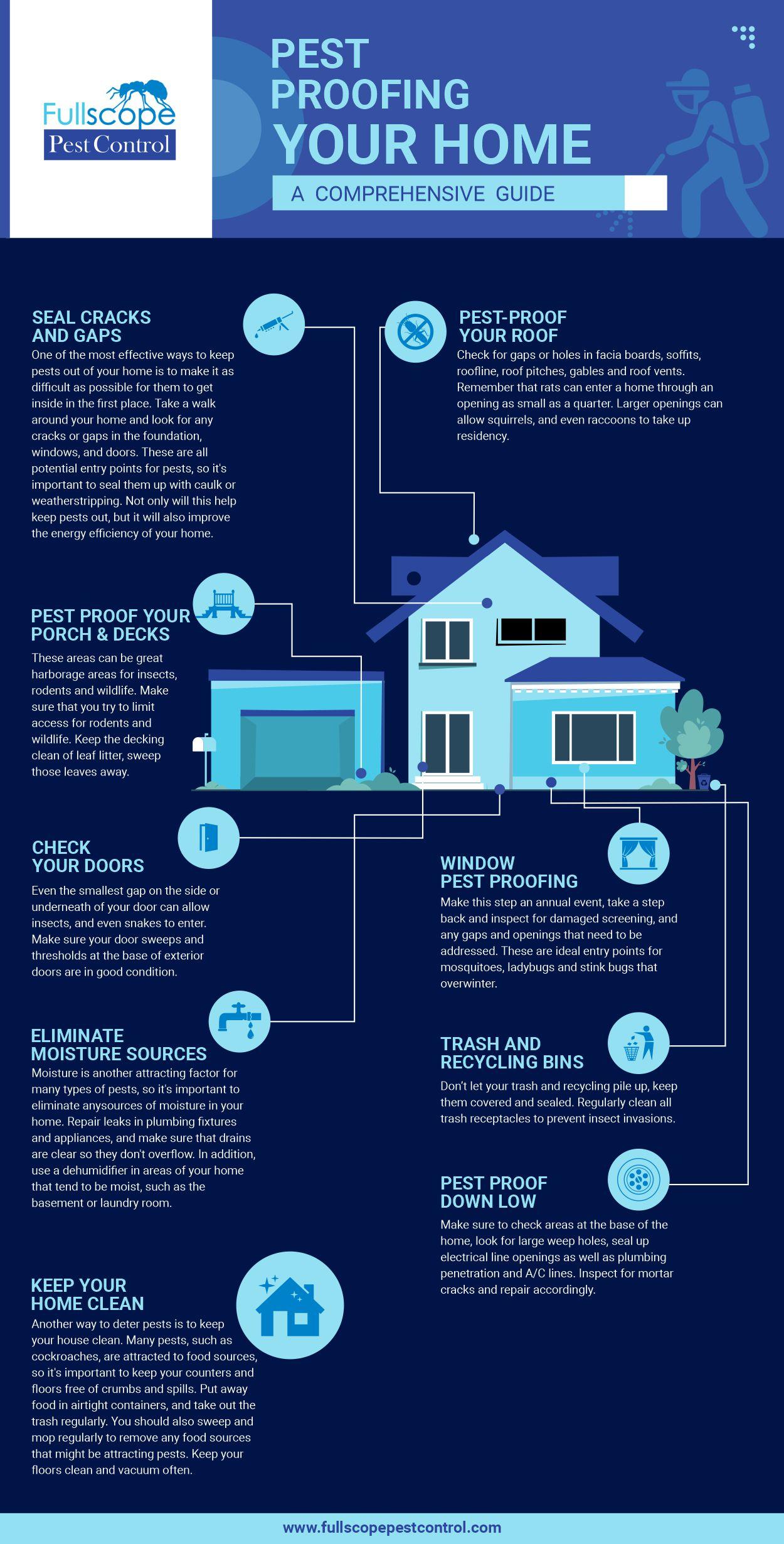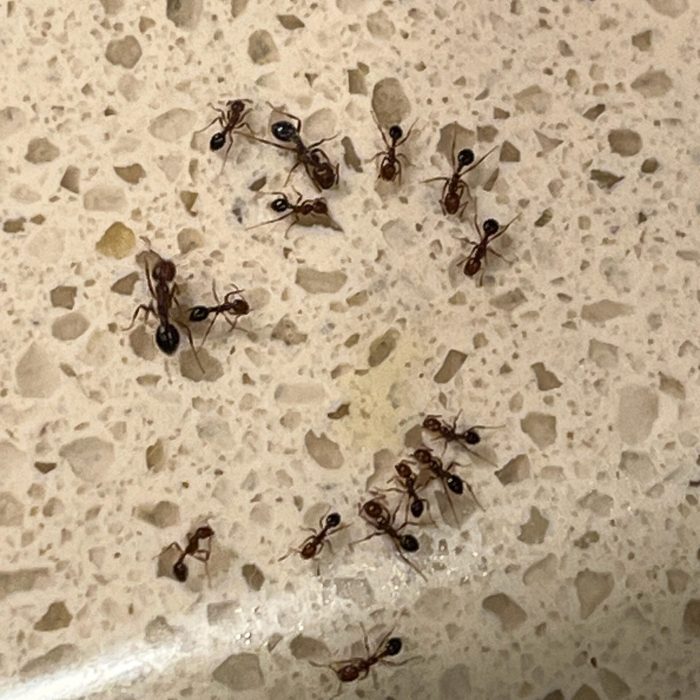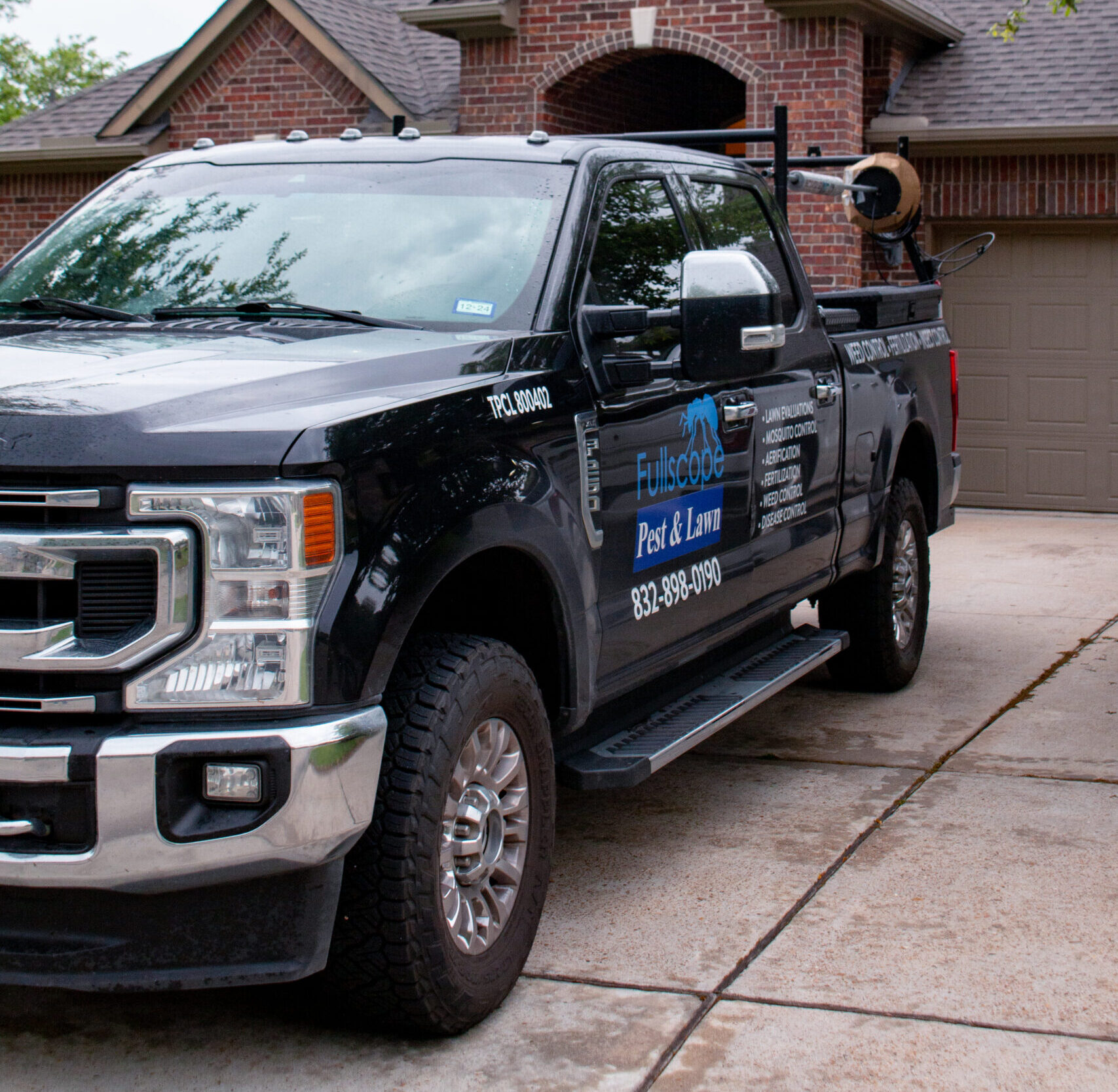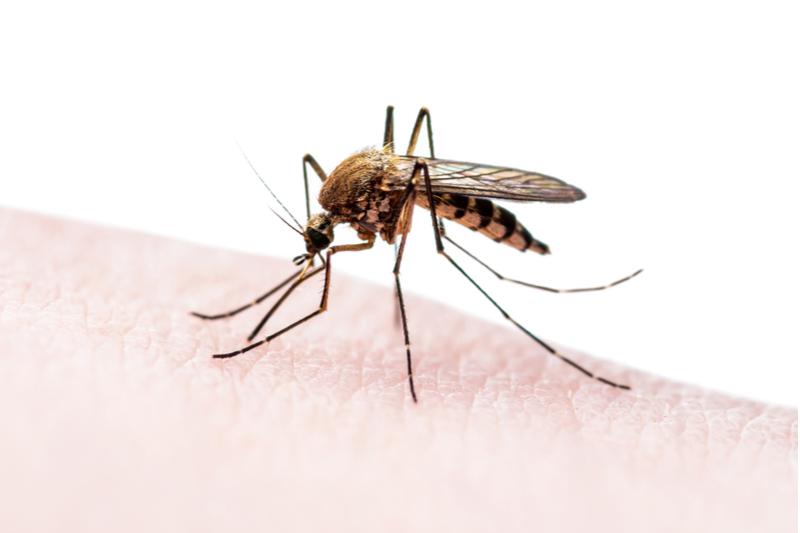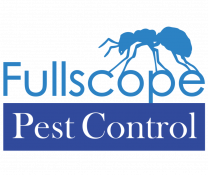No one wants pests in their home. Not only are they unsightly, but they can also pose a serious threat to your health and the structural integrity of your home. The good news is that there are a number of things you can do to prevent pests from taking up residence in your home in the first place. In this comprehensive guide, we’ll show you how to pest-proof your home so you can rest easy knowing that both you and your house are safe from harm.
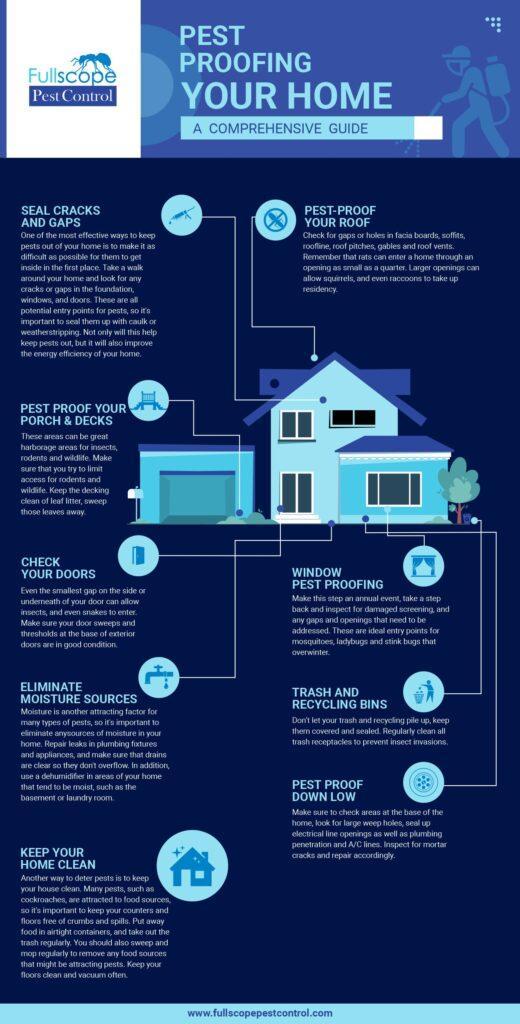
Seal Cracks and Gaps
One of the most effective ways to keep pests out of your home is to make it as difficult as possible for them to get inside in the first place. Take a walk around your home and look for any cracks or gaps in the foundation, windows, and doors. These are all potential entry points for pests, so it’s important to seal them up with caulk or weatherstripping. Not only will this help keep pests out, but it will also improve the energy efficiency of your home. Also, read about Autumn’s Unwanted Guests
Pest Pest-proof your Porch and decks
These areas can be great harborage areas for insects, rodents and wildlife. Make sure that you try to limit access to rodents and wildlife. Keep the decking clean of leaf litter, and sweep those leaves away.
Window Pest Proofing
Make this step an annual event, take a step back and inspect for damaged screening and any gaps and openings that need to be addressed. These are ideal entry points for mosquitoes, ladybugs and stink bugs that overwinter.
Related Article: How to Keep Boxelder Bugs Out of Your Home This Winter
Must Read:AUTUMN’S UNWANTED GUESTS: THE ASIAN LADY BEETLE
Keep Your Home Clean
Another way to deter pests is to keep your house clean. Many pests, such as cockroaches, are attracted to food sources, so it’s important to keep your counters and floors free of crumbs and spills. Put away food in airtight containers, and take out the trash regularly. You should also sweep and mop regularly to remove any food sources that might be attracting pests. Keep your floors clean and vacuum often.
If you think you have fleas, vacuuming will not eliminate them, you will need to call in the big guns, your local pest experts.

Eliminate Moisture Sources
Moisture is another attracting factor for many types of pests, so it’s important to eliminate any sources of moisture in your home. Repair leaks in plumbing fixtures and appliances, and make sure that drains are clear so they don’t overflow. In addition, use a dehumidifier in areas of your home that tend to be moist, such as the basement or laundry room. By eliminating moisture sources, you can make your home less attractive to pests.
Pest-proof Your Roof
Check for gaps or holes in facia boards, soffits, roofline, roof pitches, gables and roof vents. Remember that rats can enter a home through an opening as small as a quarter. Larger openings can allow squirrels, and even raccoons to take up residency. Think you have a problem, call your local pest professionals, to come out and inspect and offer you an exclusion plan.
Check Your Doors
Even the smallest gap on the side or underneath of your door can allow insects, and even snakes to enter. Make sure your door sweeps and thresholds at the base of exterior doors are in good condition.
Trash and Recycling Bins
Don’t let your trash and recycling pile up, keep them covered and sealed. Regularly clean all trash receptacles to prevent insect invasions.
Pest Proof Down Low
Make sure to check areas at the base of the home home, look for large weep holes, seal up electrical line openings as well as plumbing penetration and A/C lines. Inspect for mortar cracks and repair accordingly.
Conclusion:
Pests are more than just a nuisance; they can also pose a serious threat to your health and the structural integrity of your home. Luckily, there are a number of things you can do to prevent pests from taking up residence in your house. By sealing cracks and gaps, keeping your home clean, and eliminating moisture sources, you can make your house much less attractive to pests—and much safer for yourself and your family.
If you are wanting to keep unwanted pests from entering your home, talk with your local pest experts. We can help you to identify the pest, locate the likely points of entry and eliminate the potential from invasion.

